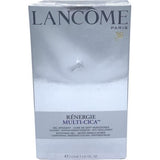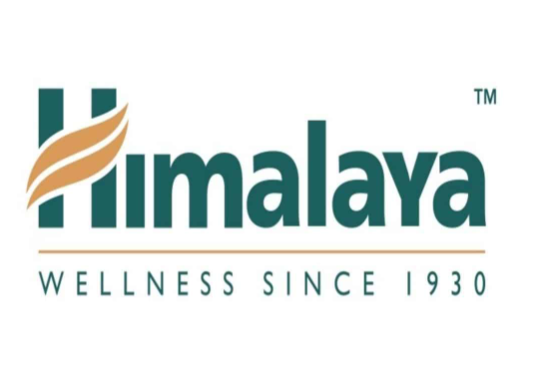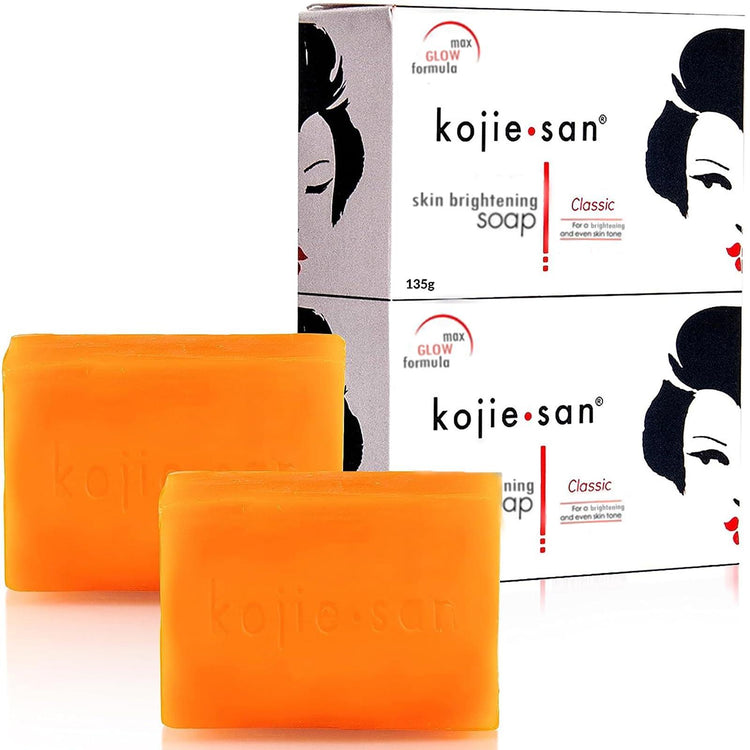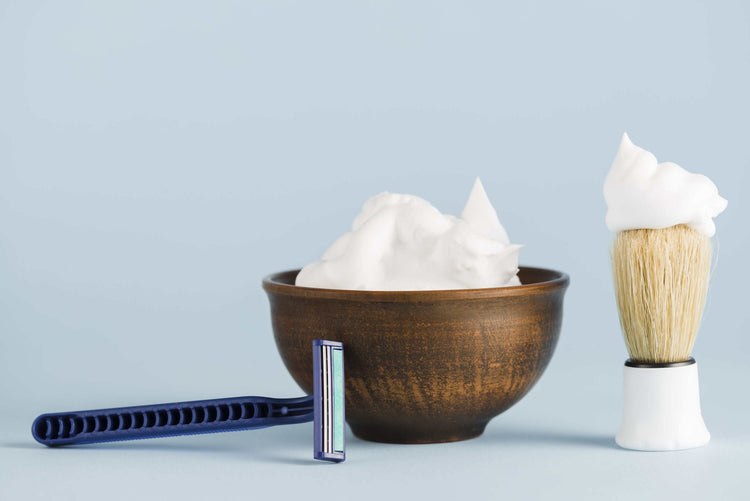
 Instagram
Instagram
Navel Stone: Causes and Removal Process


Related products
Navel stones or umbilical stones (umboliths or omphaloliths) are smooth and hard stones that appear in the navel. They are not like other stones in the body and consist of natural proteins, bacteria, and hair. Most of the time, non-invasive methods are used to remove these stones. Navel stones are very rare, and it is very common to miss them.

Pain, infections, or other issues at the local site attract people's attention. This article explains navel stones, their causes, removal techniques, and prevention measures.
Buy our herbal Stone Breaker Compound. It is a natural option for urinary and other types of stones. It is extracted from numerous herbs.
What is the navel stone?
The navel stones contain sebum, keratin, bacteria, and hair. Keratins are a family of proteins that provide durability to nails, skin, and hair. Sebum is an oily material secreted by sebaceous glands in the skin and protects the skin from infections and other elements.
Occasionally, these materials are collected in the navel and formed into stones. The visible part of these stones is black or dark brown due to the oxidation of fatty acids and the presence of melanin. The stone is nevertheless smooth and hard. This issue is prevalent in people with deep navels and a lot of body hair.
According to a 2025 research published in the Journal of Ultrasound in Medicine, only 31 cases of navel stones are reported in adults, and none are reported in children.
Symptoms of navel stones
Various clinical reviews about navel stones noted that they don't cause any symptoms. Most people only notice they have them if a cut, scratch, or infection at the local site draws their attention.
Nevertheless, as the symptoms occur, the most common are;
- Seeing or feeling a dark-coloured hard mass
- Foul odours from the navel
- Discharge from the navel with a brown or yellow tint
- Redness and swelling
- Mild to moderate discomfort and pain
Causes of navel stones
Navel stones develop due to keratin, sebum, bacteria, and hair accumulation. Keratin is a constituent of hair, while the sebaceous glands secrete sebum, which reaches the skin by travelling with the hair shafts. Navel stones mainly occur in people with poor hygiene, who are overweight and obese, have very deep navels, and have a lot of hair on the body.

Skin conditions responsible for navel stones (omphalitis) are those that cause the shedding of skin cells, e.g., psoriasis. Likewise, infrequent and irregular bathing allows debris to accumulate and slowly harden to form stones. Regular hygiene and cleaning of that area ensure the avoidance of these stones. One effective natural support to maintain skin hygiene and prevent buildup is the use of Chamomile Roman Oil (5ml). This calming essential oil is known for its anti-inflammatory and antibacterial properties. A few drops diluted in a carrier oil can be gently applied around the navel area to soothe the skin and reduce irritation.
When does a person need to contact a healthcare provider?
Navel stones do not reflect the underlying health conditions and are not associated with infections. They are mostly harmless, but larger stones irritate the area and increase the chances of infections. It is necessary to consult healthcare professionals if there are dark-coloured objects in the navel or if there are the following signs:
- Discomfort
- Pain
- Foul odours
- Discharge
- Redness
- Swelling
- Itching
- Bleeding.
Healthcare providers usually touch the navel and palpate it to identify the hard lumps. Rarely is the case referred to the labs for microscopic analysis to confirm the findings. Visit our health hub for more details about the health and symptoms of various ailments. Contact a healthcare professional if symptoms like discharge, pain, redness, or foul odours are observed. Visit our Skin Care Collection for more preventative and soothing skincare options to support ongoing hygiene routines.
How to remove the navel stones?
Navel stone removal is a simple and painless procedure that healthcare professionals perform. Before the navel is extracted, the provider places a cotton ball dipped in glycerin or sterile saline to soften the stone and facilitate the removal.
The doctors then carefully manoeuvre the tools to dislodge the navel and remove it from the body. These stones have no tissue attachments and do not contain any painful nerve endings. Post-removal care can be supported using Aloe Vera Skin Gel (200ml). This cooling gel hydrates the skin, promotes healing, and reduces any post-removal irritation. Its natural composition makes it ideal for sensitive skin like the navel area.
Removal of navel stones requires a gentle and careful approach to avoid injury and irritation. Various methods for removal with detailed procedures are;
Manual removal
This method uses warm water, mild soap, an antiseptic solution, tweezers, and cotton swabs. The procedure is as follows;
- Gently apply warm water or a damp cloth to the navel for a few minutes to soften it and facilitate removal.
- Dip the cotton swab in the cotton solution to dislodge the stone.
- Avoid applying excessive force, as it can cause injury.
- If the stone is burdensome to remove due to its large size, use sterilised tweezers to grasp and remove the swab.
- After successful removal, clean the area using warm water and mild soap to clear away the debris and apply antibiotic ointments to reduce the risk of infections.

Hydrogen peroxide soak
This method uses swabs, cotton swabs, and a 3% solution of hydrogen peroxide. The procedure is as follows;
- Soak the ball or cotton swab in the hydrogen peroxide and gently apply it to the navel stone.
- Hydrogen peroxide loosens the stone by breaking down the organic matter.
- Leave the hydrogen peroxide on for a few minutes, then use tweezers or cotton swabs to remove the stone.
- Rinse the area thoroughly with warm water and dry it thoroughly.
Warm compresses
Warm compression works for smaller and less stubborn stones and is often used as a preparatory method before attempting manual removal. For this purpose, place a damp and warm cloth on the navel for 10-15 minutes to soften it. Now, try to dislodge the stone using the cotton swab. It is often necessary to repeat this process several times to remove the stones.
Removal by healthcare professionals
This method is required if the stone is painful, deeply embedded, or large, and there is a risk of infection. For this purpose, consult the healthcare providers for evaluation of the stone and choose the best method to remove it. The doctors use specialised instruments, e.g., forceps or curettes, to remove the stones and extract them carefully.
Removing dead tissues or minor debridement is necessary in case of a large area of the stone or if it is infected. Using antibiotic creams and antiseptics to promote healing and prevent infections, postoperative care is needed.
Methods to prevent reoccurrence
It doesn’t occur to most people. Nevertheless, some precautions reduce the risk further. These are;
- Regular cleaning of the navel and surrounding region using warm water and soap is necessary, particularly if a person has an inverted and deep navel.
- Ensuring complete hygiene keeps the navel dry and free of sweat, lint, and other debris. Regularly check the navel for debris buildup and new stone formation.
- Remember that navel stones are benign, but consultation with the doctor is necessary for infection or pain.
- After sweating, showering, or bathing, dry the belly button thoroughly. Use a clean towel to dry the navel, paying particular attention to the skin folds.
Try the Himalaya Aloe Vera Face & Body Moisturizing Gel (300ml). It’s enriched with pure aloe and is excellent for daily use to keep the skin supple and hydrated. Its light texture makes it perfect for regular use without clogging pores.
Additionally, Calendula Oil (50ml) is another great choice for those dealing with sensitive or inflamed skin. Known for its wound-healing properties, calendula helps in maintaining healthy skin around the belly button post-cleaning or post-removal.

Complications of navel stones
Omphaliths rarely cause an abscess or infection in the navel. In abscesses, the pus collects deeply into the skin due to infections. The symptoms of navel abscess are swelling or pain around the navel, a throbbing pain linked to a single area, flushing of the skin around the navel, and elevated temperature.
To reduce under-navel odor or sweating, especially for those prone to buildup, Basis Deodorant Cream (50ml) may help. It is specially formulated for sensitive skin and provides long-lasting freshness without irritation—ideal for body folds like the navel area.
Explore our broader Skin Soothing Gel Collection to find more natural solutions for skin comfort and recovery.
When to consult a doctor?
Anyone with a navel stone needs to consult a doctor. After examination, if the doctor suspects that it will come out quickly after softening, they are likely to suggest guidelines for safe and effective removal. Likewise, consultation with the doctor is also necessary for those with navel abscess symptoms.
Although navel abscesses are not the common complication of navel stones, they are painful and uncomfortable and need immediate attention from healthcare providers.
Other possibilities
The navel stones are often confused by various conditions and must be distinguished from each other. These conditions include keloid (a raised scar), dermatofibroma (a type of noncancerous bump on the skin), malignant melanoma (a kind of skin cancer), umbilical endometriosis, in which tissues similar to the uterine lining develop in the navel, primary umbilical malignancy (a different kind of skin cancer in the navel) and umbilical metastasis (another type of local cancer).
A healthcare provider must be able to distinguish these skin conditions from navel stones and offer advice accordingly.
Frequently Asked Questions
How do you remove the dirt inside the belly button?
The easiest method is to dip a cotton swab in alcohol and rub it on the inside of the belly button. If the swab becomes dirty, throw it away and use a new one. Frequent Washing by this method also removes dirt and germs.
Is removing dirt from the belly button a safe procedure?
Yes, it is perfectly safe. Many people find it a good idea to clean the belly button at least 1-2 times a week to avoid smells, infections, and other factors associated with poor hygiene. Consult the doctor in case of any complications.
What lies inside the belly button?
The belly button has numerous nerve endings that make it precarious to touch. The umbilicus or belly button has no active functions and is merely the scar of the umbilical cord that comments the baby to the mother in the womb.
How to clean the belly button infection?
Topical and oral medications are recommended in case of more widespread infections. Wash the belly button regularly using warm water and soap and ensure it is completely dry, as moisture favours the growth of bacteria and fungus inside the navel.
How long does the navel stone formation occur?
Navel stones are scarce, but everyone is at risk. They occur mostly in adults, as the formation of navel stones takes many years to complete. Young people are less likely to develop them.
How severe is the belly button infection?
Belly button infections are not very serious, and healthcare professionals must look at them regularly. However, a few become severe and cause abscesses and infections.
How can a person clean the navel at home?
Dipping a cotton swab in alcohol and rubbing it inside the belly button is a common and effective method. Another alternate method is using a washcloth or finger dipped in saltwater.

Bottom-line
Experiencing navel stones is a rare phenomenon. A person often does not realise they have them until infections or other attention-grabbing events occur at the site. The easiest option for healthcare providers is to soften and loosen the navel stones and remove them gently.
A sterile environment is necessary for this purpose, although sometimes, this procedure can be performed at home. Surgical removal is needed if the stone becomes too large and causes abscess formation at the site. Practising the best hygiene protocols is one of the best ways to prevent it. Wash the navel using soap daily and ensure it is thoroughly dry.














 Rated Excellent by 26,523+ Reviews
Rated Excellent by 26,523+ Reviews